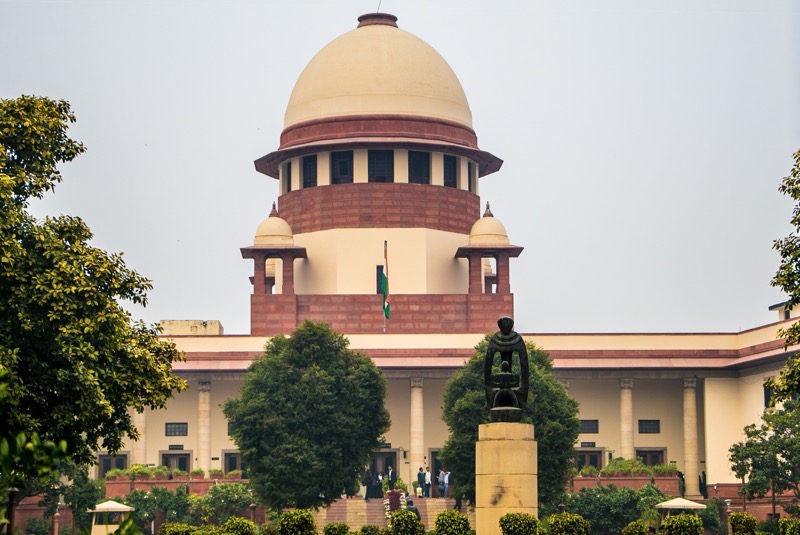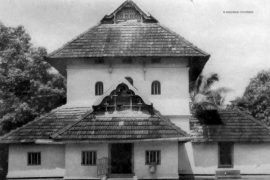The recent ruling by the Supreme Court of India on November 5, 2024, marks a significant turning point in the discourse surrounding property rights and the government’s authority to redistribute private assets under the guise of public welfare.
In a landmark decision delivered by a nine-judge Constitution Bench led by Chief Justice D.Y. Chandrachud, the court established that not all privately owned properties could be classified as “material resources of the community” as stipulated in Article 39(b) of the Indian Constitution.
This ruling is pivotal as it redefines the relationship between individual property rights and state intervention, reflecting a nuanced understanding of economic and social dynamics in contemporary India. At the heart of this ruling are two central questions:
First, whether Article 31C—which provides a protective shield for laws aimed at redistributing material resources for the common good—remains valid despite earlier amendments and court decisions.
Second, whether the government possesses the authority to seize and redistribute privately owned properties deemed beneficial for community welfare.
The Supreme Court’s majority opinion asserts that while some private properties may qualify as material resources under certain conditions, it is erroneous to assume that all private property falls within this category. This interpretation aligns with the fundamental principle that individual rights must be respected even as the state pursues policies aimed at promoting social welfare.
This ruling has profound implications. It curtails the expansive interpretations of Article 39(b) that have historically allowed broad government powers to acquire private property without adequate justification.
The court emphasised that equating every private asset with community resources could deter investment and undermine economic growth. The Supreme Court has reinforced the sanctity of private property rights enshrined in Article 300A of the Constitution by setting clear boundaries on what constitutes material resources deserving of redistribution. This article states that no person shall be deprived of their property except by authority of law, thereby safeguarding individual ownership against arbitrary state action. Historically, interpretations surrounding Article 39(b) have evolved significantly since its inception.
The provision mandates that the state should direct its policies toward ensuring that ownership and control of material resources are distributed to serve the common good. However, past judicial rulings have often leaned towards a more socialist interpretation, suggesting that nearly all privately owned resources could be subject to state control.
In earlier cases, the dissenting opinion from Justice Krishna Iyer laid a foundation for this expansive view, arguing that any resource meeting basic material needs should fall under public ownership. However, this latest ruling effectively overturns that perspective, asserting that such interpretations endorse specific economic ideologies rather than reflecting a balanced constitutional approach.
The majority opinion articulated by Chief Justice Chandrachud underscores that while the state needs to promote social welfare, this must not come at the cost of infringing upon individual rights. The court introduced non-exhaustive criteria to determine when a resource can be classified as a material resource of the community—criteria that include the nature of the resource, its impact on public welfare, and implications regarding ownership concentration.
This structured approach provides clarity and predictability for property owners while allowing for necessary state intervention in genuinely communal resources such as water bodies or forests.
Moreover, this ruling arrives at a politically charged moment in India’s history. As discussions around wealth distribution and property rights gain traction in electoral politics—especially with proposals from various political factions advocating for more equitable resource allocation—the court’s decision serves as a stabilising force. It reinforces the notion that while wealth inequality is a pressing issue needing attention, solutions must respect constitutional protections and individual rights.
Justice B.V. Nagarathna’s partial concurrence with the majority opinion adds depth to this discourse by advocating for an interpretation that balances historical values with contemporary needs. Her dissent highlights that while protecting individual rights is paramount, there must also be an acknowledgment of societal obligations toward equity and justice.
In conclusion, the Supreme Court’s ruling on property rights encapsulates a critical balancing act between individual freedoms and collective welfare—a theme deeply embedded in India’s constitutional framework.
By delineating clear boundaries around what constitutes material resources eligible for redistribution under Article 39(b), the court has not only safeguarded private property rights but has also reinforced the state’s role in promoting social justice through legitimate means.
This decision heralds a new chapter in India’s legal landscape where economic dynamism can coexist with social responsibility, ensuring that both individual aspirations and communal needs are duly recognised and respected within the constitutional framework. As India evolves economically and socially, this ruling will undoubtedly play a crucial role in shaping future policies and judicial interpretations regarding property rights and state intervention.
-30-
Copyright©Madras Courier, All Rights Reserved. You may share using our article tools. Please don't cut articles from madrascourier.com and redistribute by email, post to the web, mobile phone or social media.Please send in your feed back and comments to [email protected]











